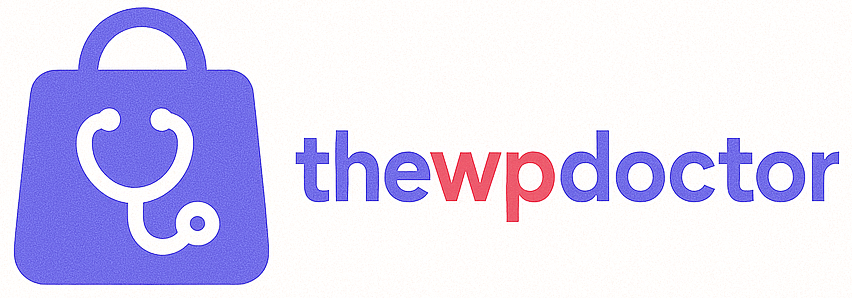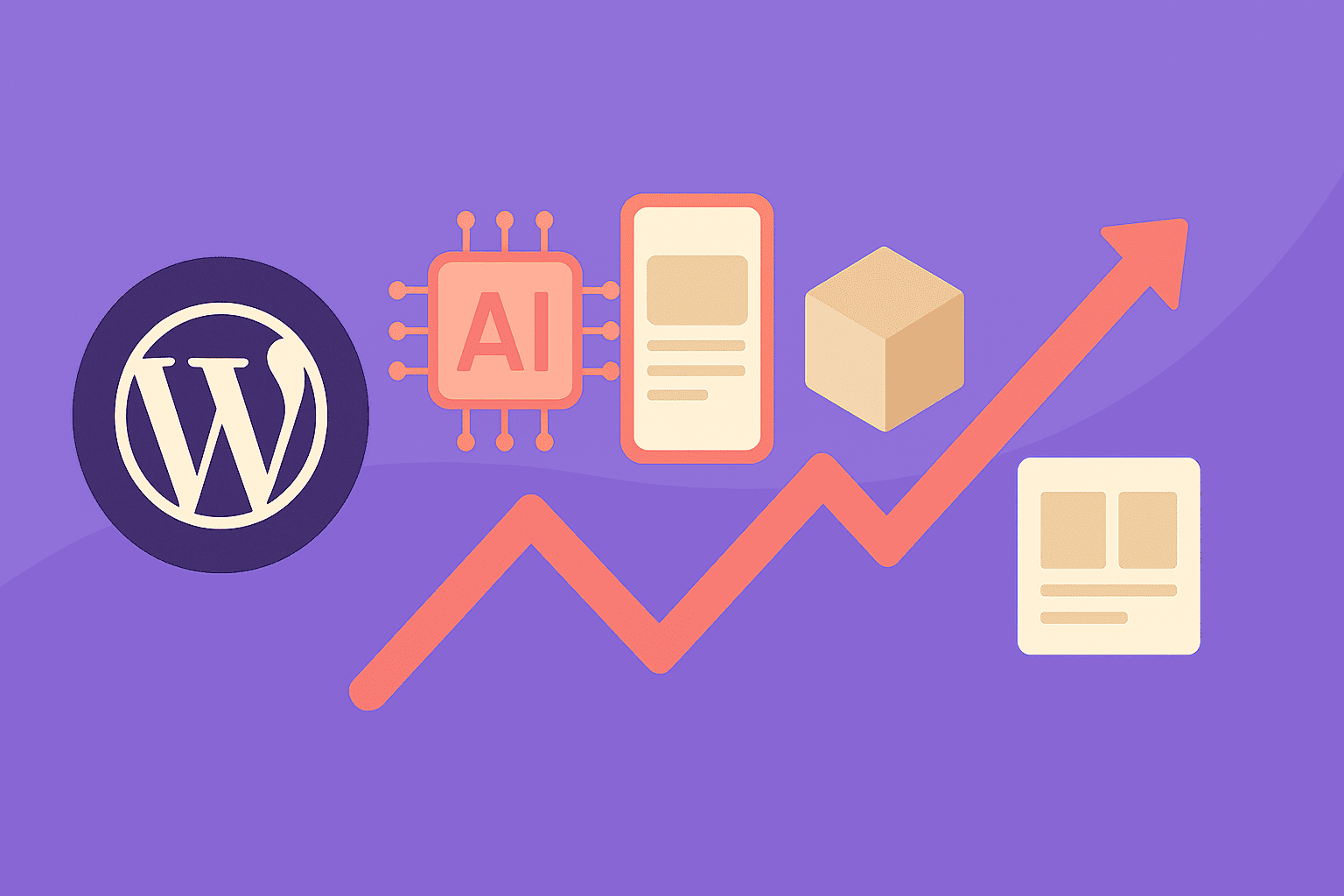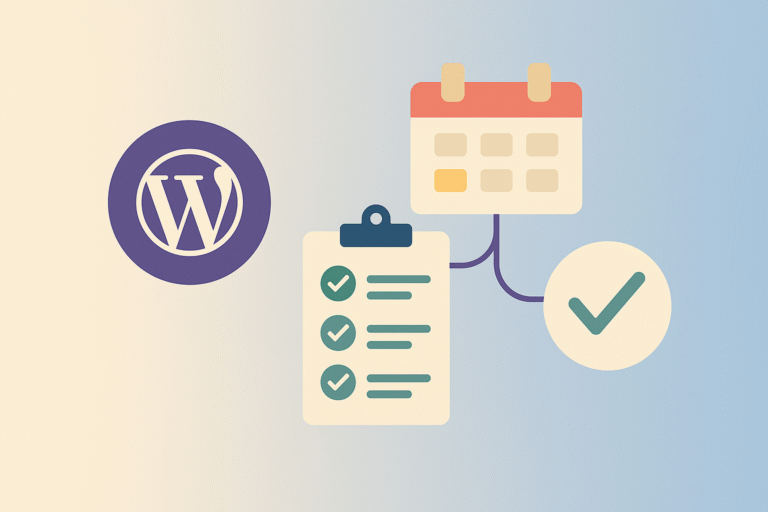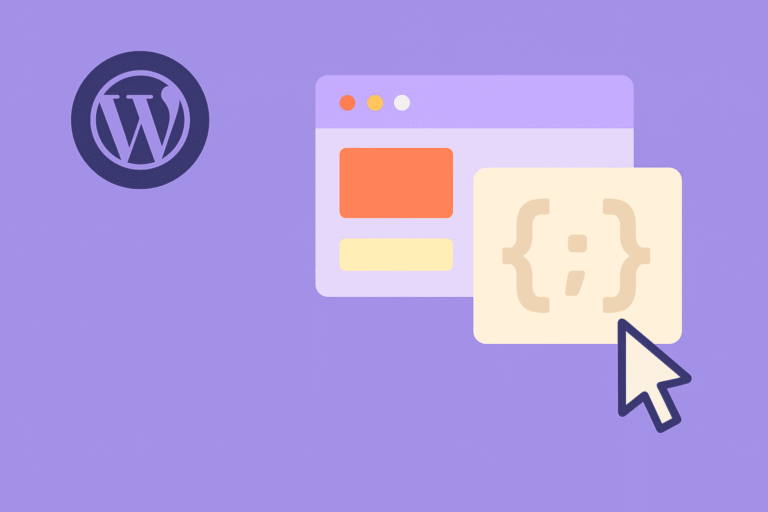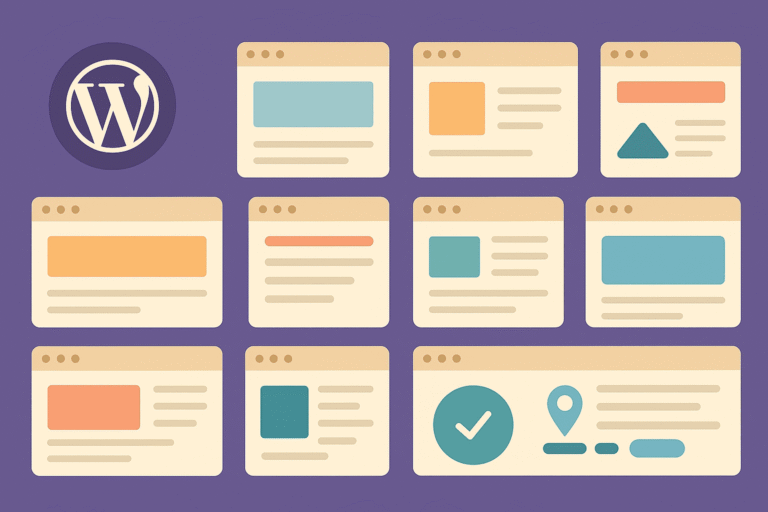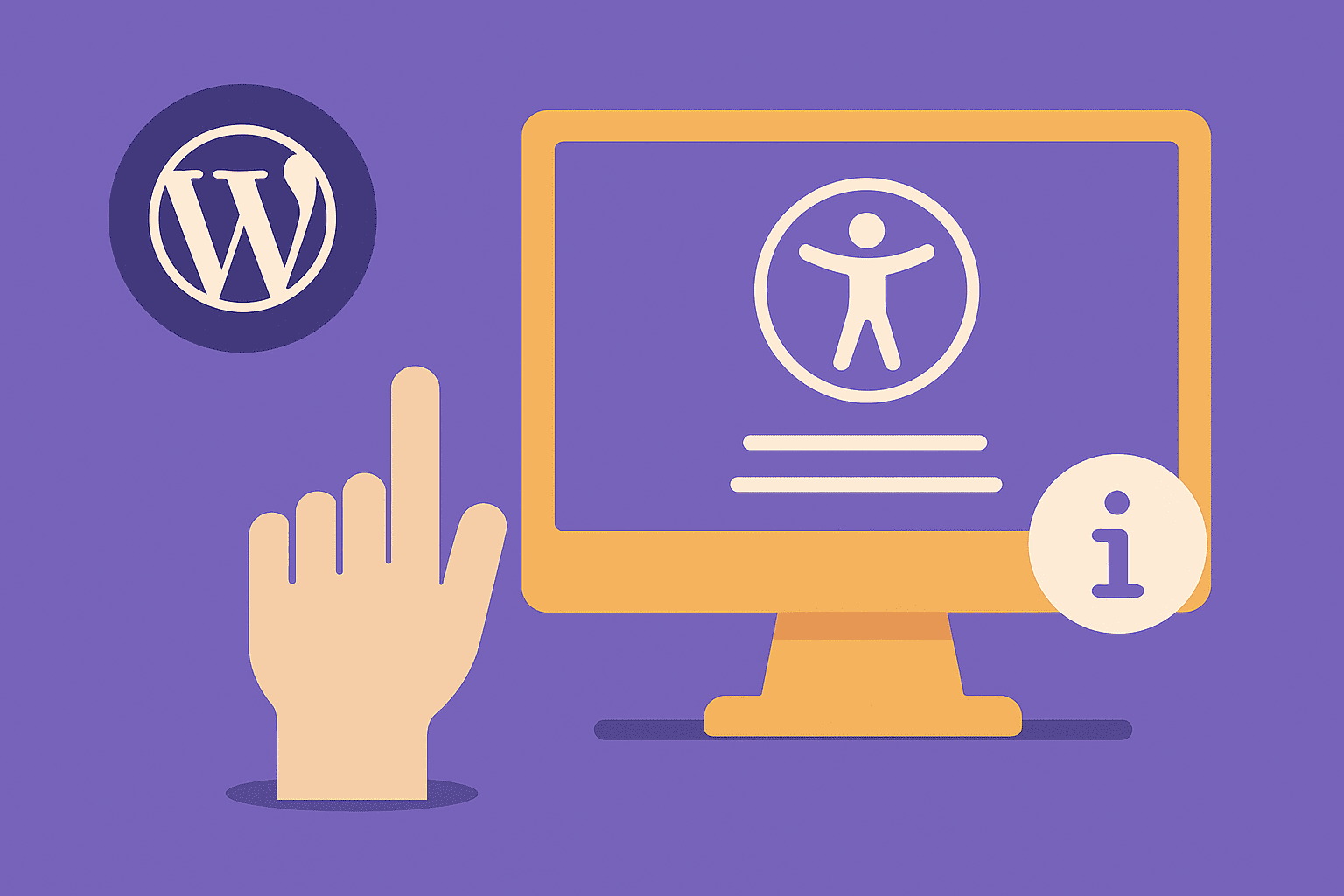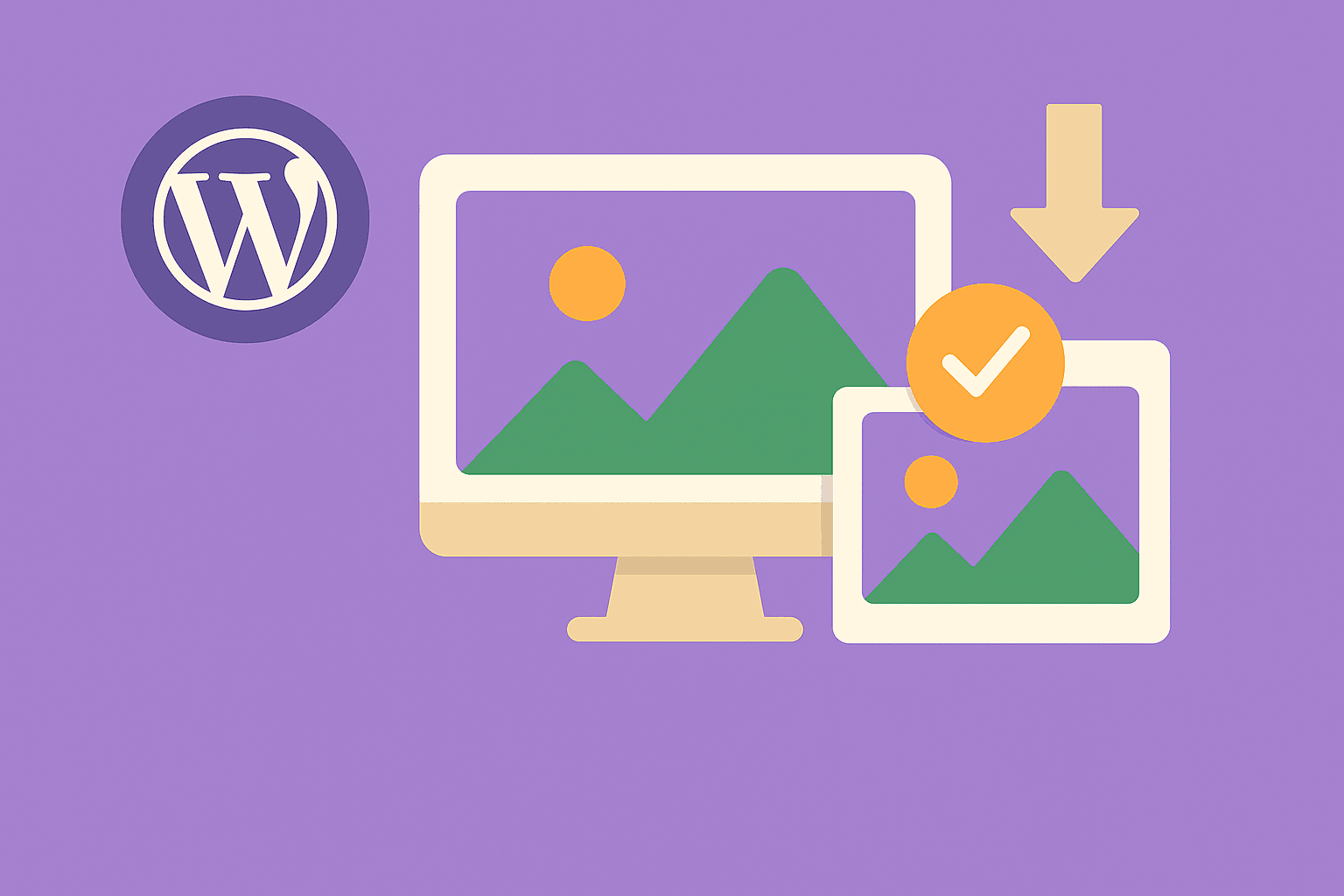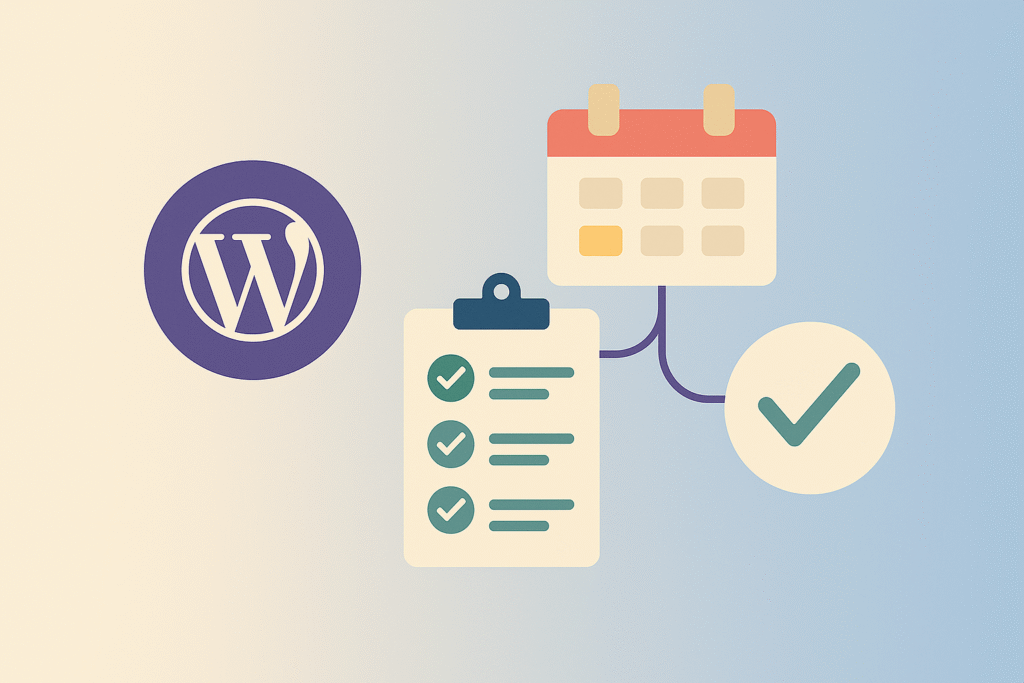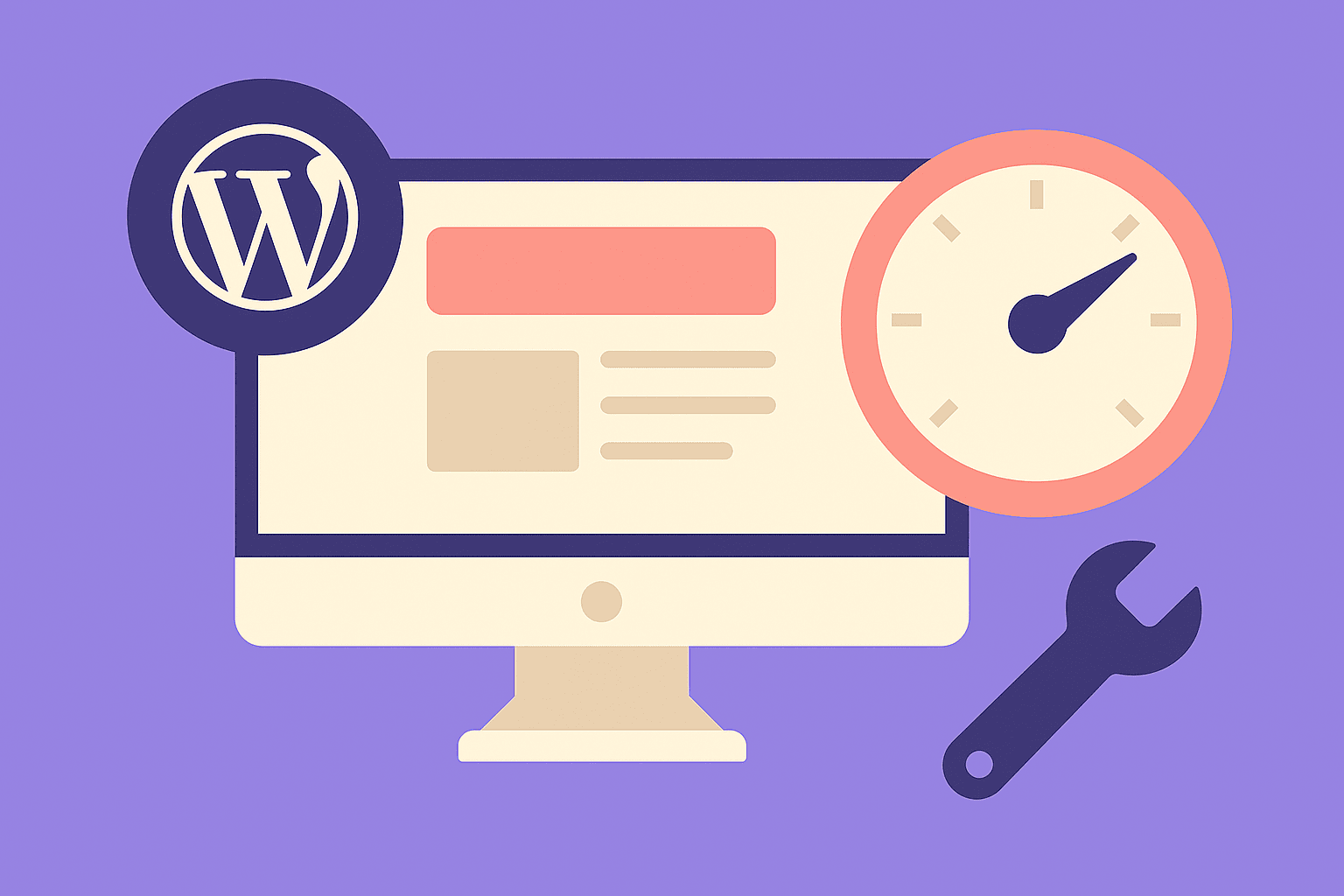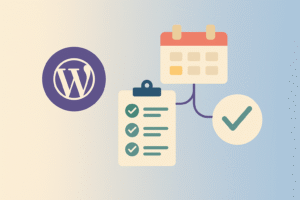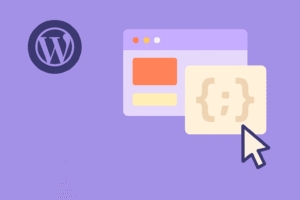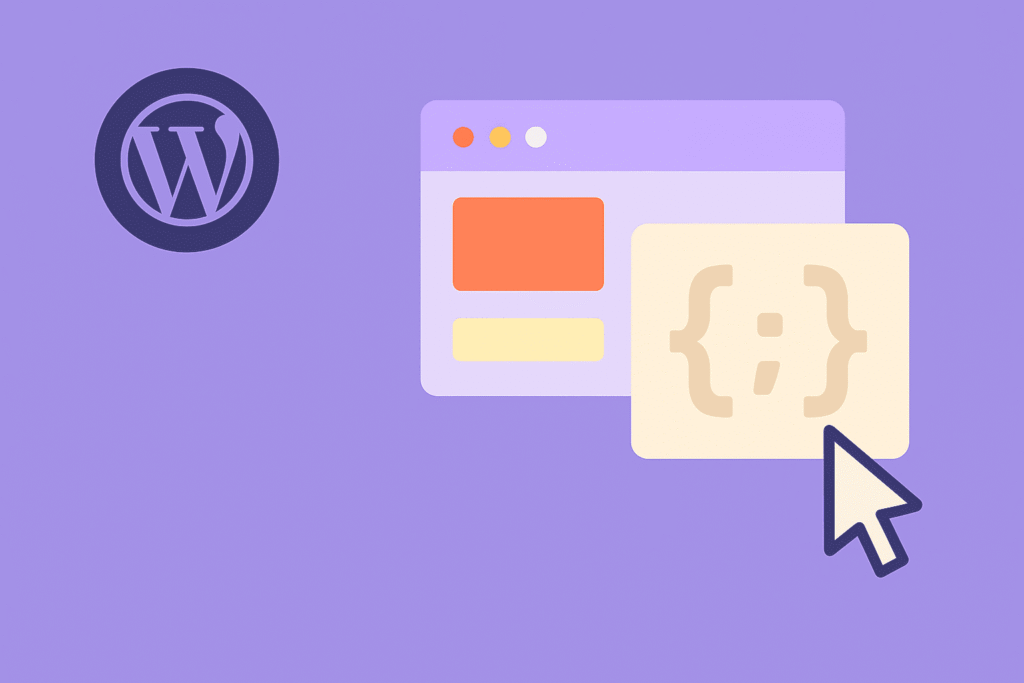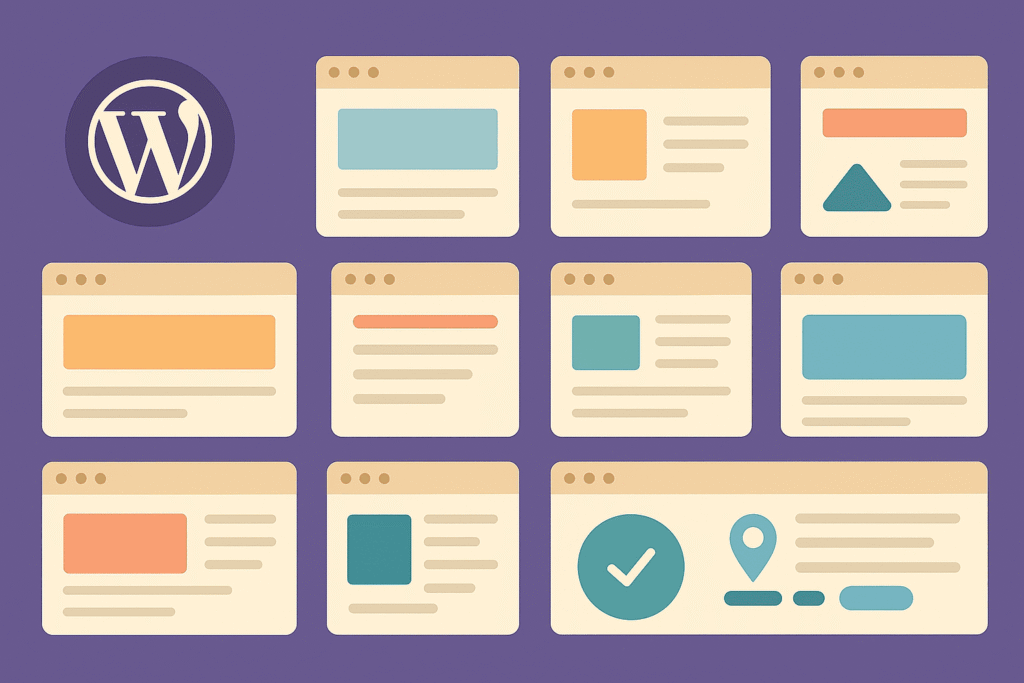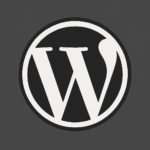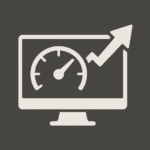Introduction
Web design is no longer just about looks—it’s about experience, accessibility, and performance. In 2025, WordPress continues to dominate web publishing, powering over 43% of websites. With full-site editing maturing, design is more flexible than ever.
But staying competitive means knowing what’s trending in web design and UX. From AI-driven personalization to accessibility-first layouts, the WordPress web design trends of 2025 are transforming how websites are built and experienced.
This article explores the biggest trends you should embrace to future-proof your WordPress site.
1. Full-Site Editing (FSE) Comes of Age
When Gutenberg launched, it split the community. Now, with WordPress 7.0 on the horizon, FSE has matured into a powerful design tool.
- Block-based themes allow complete control over headers, footers, and layouts.
- Global styles manage typography, colors, and spacing site-wide.
- Pattern libraries speed up design workflows with pre-built layouts.
💡 Takeaway: Small businesses no longer need Elementor or Divi for simple custom sites—WordPress core is enough.
2. Minimalist, Content-First Design
Cluttered layouts are out. In 2025, minimalism rules, with clean typography, whitespace, and focused messaging.
- Bold, sans-serif fonts like Inter or Poppins dominate.
- Neutral palettes with one accent color guide attention.
- Layouts emphasize readability and mobile UX.
💡 Example: A WooCommerce store with fewer distractions at checkout sees conversion rates rise by 12–18%.
3. AI-Powered Personalization
AI is weaving its way into WordPress design:
- Content blocks that adapt to user behavior.
- AI-generated layouts that suggest patterns based on content type.
- Plugins integrating AI chatbots for customer support and recommendations.
💡 Pro Tip: Use AI personalization carefully—balance automation with authenticity to avoid looking robotic.
4. Dark Mode and User-Controlled Themes
User choice is central to UX in 2025. More WordPress sites offer:
- Dark mode toggles for accessibility.
- Customizable layouts where users adjust text size or contrast.
- Adaptive design tokens that change automatically based on device settings.
💡 Accessibility and inclusivity are not optional—they improve SEO and compliance.
5. Micro-Interactions & Motion Design
Micro-interactions guide user flow without overwhelming them.
- Button hover animations
- Smooth transitions between sections
- Progress indicators for forms and checkouts
Lightweight animation libraries like Framer Motion and GSAP are common in WordPress themes.
💡 Pro Tip: Keep animations subtle—too much motion harms performance and CWV (Core Web Vitals).
6. Accessibility-First Design (a11y)
Accessibility isn’t just compliance—it’s usability for all.
- Proper alt text for images.
- High-contrast text.
- Keyboard navigation and ARIA roles.
- Plugins like WP Accessibility help audit and fix issues.
💡 Google rewards accessible design with better rankings in 2025.
7. Headless WordPress + Modern Frontends
For larger projects, headless WordPress is trending. Designers pair WordPress with:
- React/Next.js frontends for blazing speed.
- API-driven layouts for omnichannel publishing.
- More dynamic UI elements beyond what block themes allow.
💡 Example: A media site using WordPress + Next.js delivers 10x faster load times globally.
8. Sustainability and Eco-Friendly Design
Green web design is trending. Lightweight themes, efficient hosting, and compressed assets lower carbon footprint.
- Use green hosting providers.
- Optimize CSS/JS for fewer requests.
- Reduce unnecessary animations and video backgrounds.
💡 Sites that load faster also consume less energy—eco-friendly design is good for performance and branding.
Tools & Plugins to Support 2025 Design Trends
- GenerateBlocks: Lightweight block design tool.
- Kadence Blocks: Enhances Gutenberg with design flexibility.
- Framer Motion & GSAP: Modern animation frameworks.
- WP Accessibility: Improves compliance and usability.
- Spectra: Adds creative blocks without heavy builders.
Final Thoughts
Web design in 2025 is all about balance: aesthetics + performance + accessibility. WordPress makes this easier with full-site editing, AI-powered tools, and lightweight block-based workflows.
The key trends—minimalist layouts, accessibility-first design, AI personalization, and eco-friendly optimization—are shaping the future. If you’re building a site today, align with these principles to stay competitive tomorrow.
💡 Action Step: Audit your WordPress design today. Does it prioritize speed, accessibility, and mobile UX? If not, start implementing these 2025 trends now.
